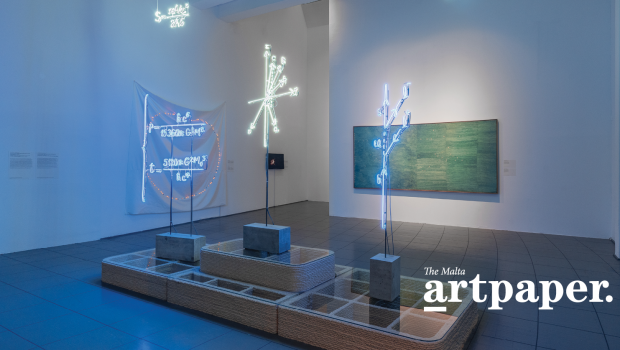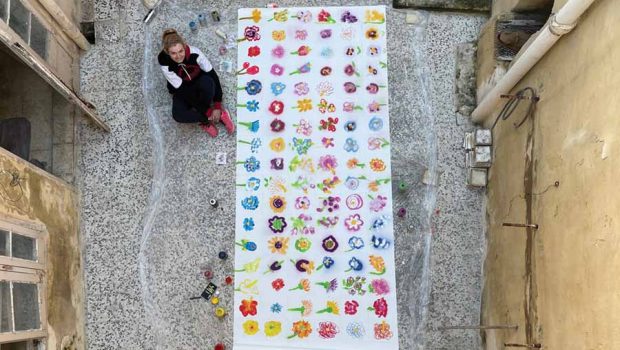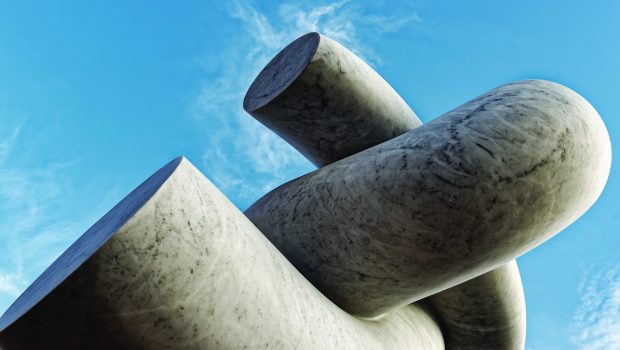Liquidity, not Stability
"We must try to understand if we are witnessing a continental gentrification of 'peripheral' places"
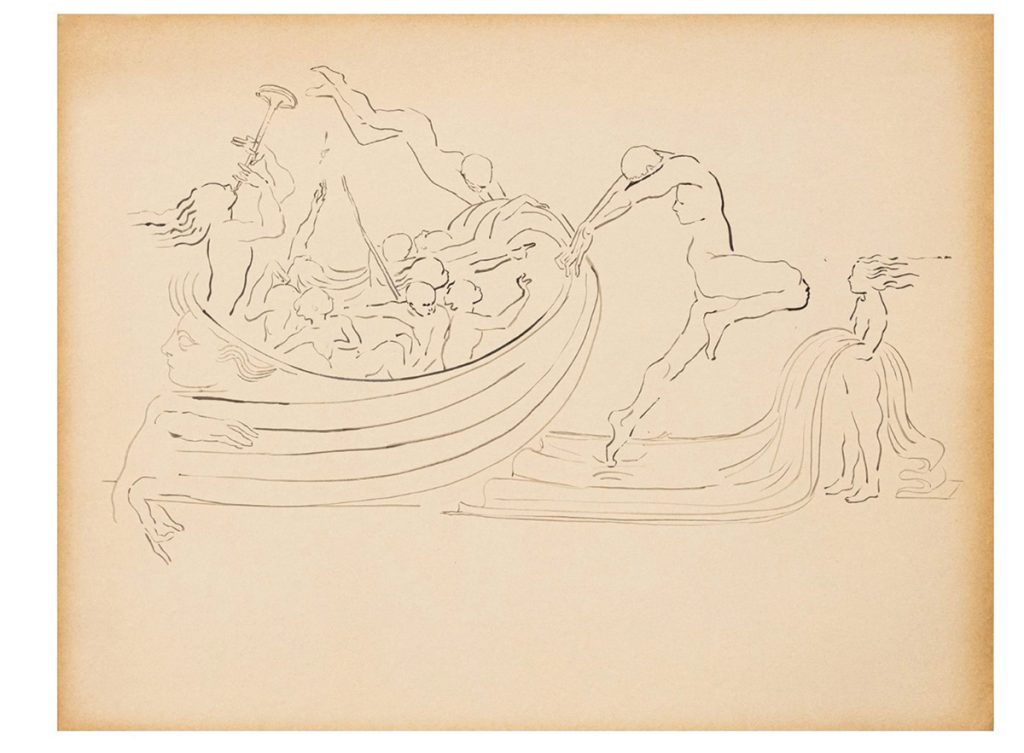
The Mediterranean has increasingly become a fascinating ‘territory’ for contemporary art, which is less focused on the dynamics of continental Europe. Malta recently hosted the first (and wonderful) edition of its biennial, generating a wealth of international commentary about its distinctive character. What is the function of ‘localising’ the most current curatorial and artistic reflections within the Mediterranean basin? Before getting too caught up in a list of more or less valuable artistic initiatives, there is what we could define as a ‘Mediterranean epistemology’ that has regained philosophical interest. This is one of those epistemologies that Boaventura de Sousa Santos might define as ‘of the South,’ and which for too long has been a victim of one of the colonial phenomena that has least interested modern intellectuals: the suppression of continental Europe at the expense of a less geopolitically clear but certainly more unified anti-territory: the Mediterranean, precisely. Moreover, the Mediterranean also had its own language (Sabir), which united Malta with Sicily, Tunisia, and southern Spain, and in the Mediterranean, ‘reality’ had a completely different face (which is why we speak of ‘epistemology’).
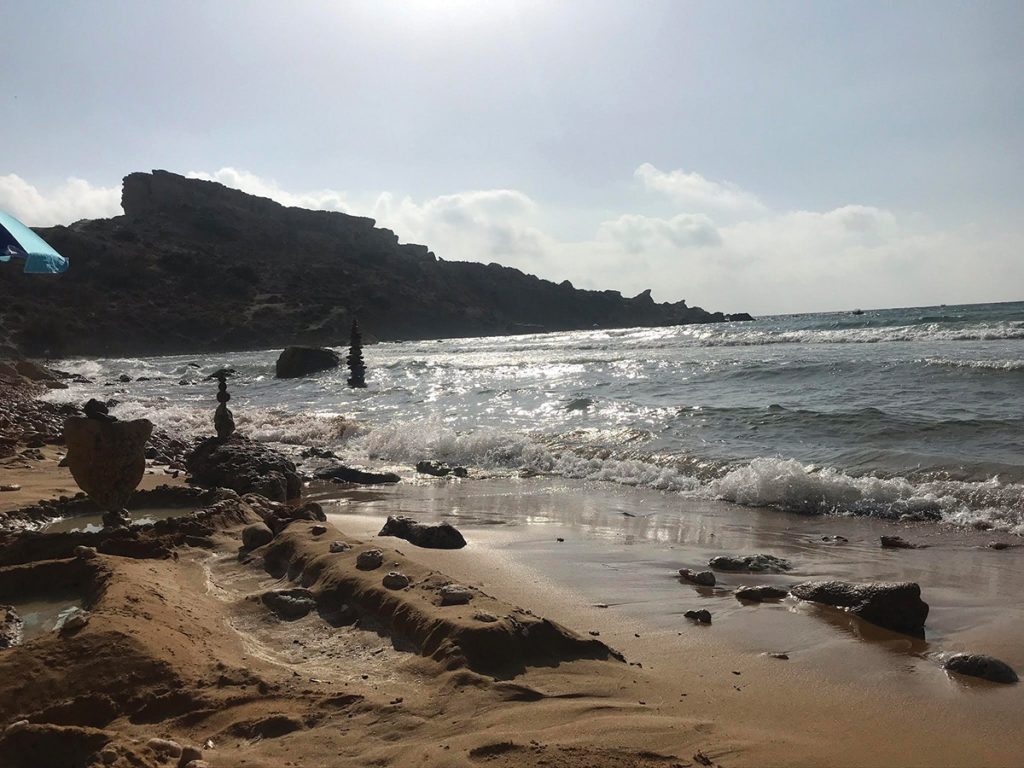
Reality… not so much as things are, but as we can approximate how they are. In this, art, which is itself a non-standard form of epistemology, plays a crucial role. And what if there were a totally different way of narrating the crisis of the contemporary? Ecological problems? Welfare or the ethical challenges of the near future? Standard epistemology is essentially based on performativity, the achievement of objectives, speed, and capitalist production… the ‘Mediterranean,’ with its alternative logics, slowness or wasting time, promiscuity, and street life, could it be a resource rather than a problem?
It is along this complex line of inquiry that many artists and curators are trying to understand their specific relationship with the Mediterranean territory. For example, I asked the Albanian artist Adrian Paci, also founder of the Art House institution in Shkodër, what he thinks about this relationship with reality filtered through the Mediterranean, and he told me that “having a relationship with the Mediterranean means having a relationship with a sea, therefore a liquid reality, which unites lands, peoples, and ancient and modern histories, containing relationships, desires, tensions, and conflicts. A sea that has given birth to and seen the collapse of many civilizations but continues to be a fertile territory full of possible imaginaries.” Renato Leotta, who has chosen Sicily as his field of action, and Sam Vassallo, a Maltese artist, say more or less the same thing.
Liquidity, not stability. Movement, not static erosion of forms.
In the years I worked alongside Carolyn Christov-Bakargiev in the search for the Castello di Rivoli Museum of Contemporary Art, one of the most influential curators in the world often told me that contemporary art (even after her Documenta V) has opened up to alternative thoughts but has remained centered on extremely colonial productive and curatorial logics. This seems to me to be the crucial point: not the Mediterranean as a theme to deal with, but the Mediterranean as a general transformation of the mechanisms underlying the production of knowledge.
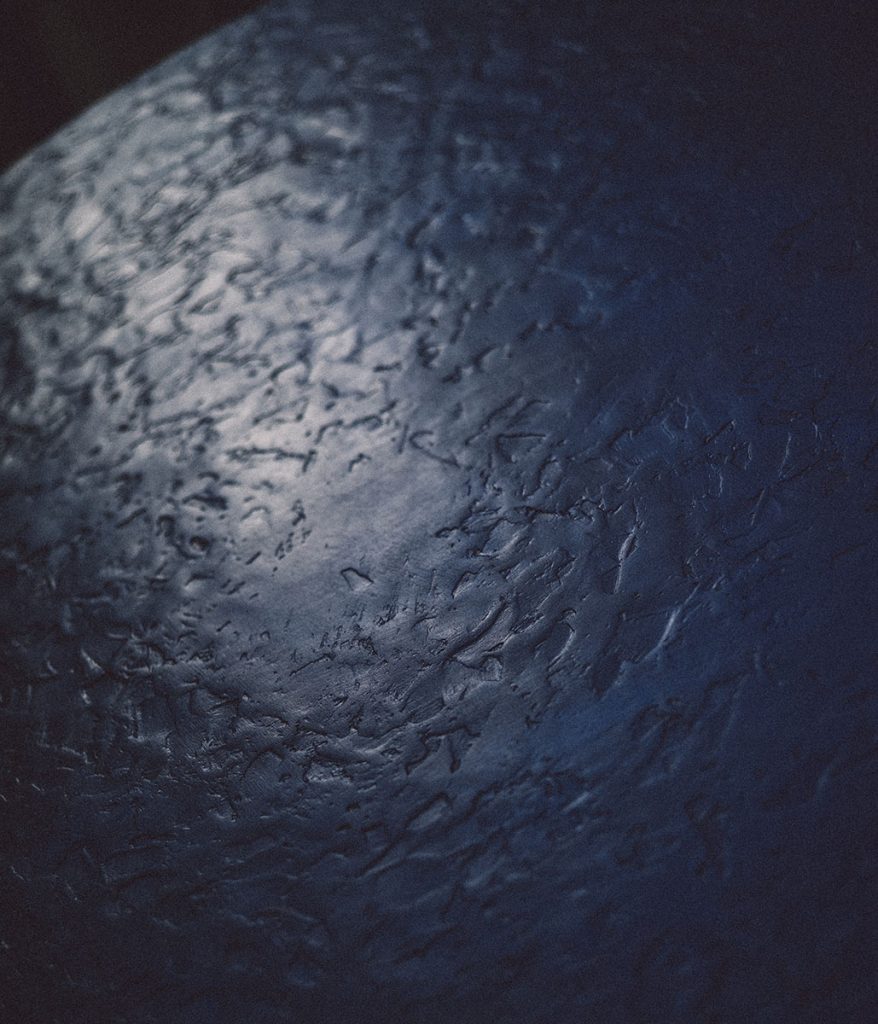
The challenge here is twofold: cognitive on the one hand and practical and operational on the other. There are flashes of brilliance, like the Manifesta in Palermo or Barcelona, but then we must try to understand if we are witnessing a continental gentrification of ‘peripheral’ places. Discussing these issues with the Montevideo artist Nicolas Denino, who has chosen to divide his time between Italy and Tunisia, and who tells me that his “work takes shape starting from water. I was born by the sea, in South America, and I know the oceanic feeling: intimate and immersive. However, I learned the ability to reason in different terms about this element of nature by living for a long time in countries bordering the Mediterranean basin where water tangibly carries pragmatic, political, cultural, and artistic values. An endless challenge for my plastic research”… I realise that this fluid element is perhaps the key to the question.
The issue, therefore, is how not to neutralise a place by bringing it to what Michel Foucault would have defined as the ‘order of discourse,’ and perhaps for this reason the biennial in Malta was particularly successful: place and theme were married in a significant way, and as the artist director Sofia Baldi Pighi has repeatedly said, it was above all a matter of understanding how the centre of the Mediterranean was a universe with different laws and with alternative value systems to those that contemporary art finds itself closed within.
During a business trip to Tunis, in one of my first mappings of the Mediterranean as a territory of contemporary art, the artist Aymen Mbarki tried to explain to me how, in his opinion, creativity was the first real place where Mediterranean Studies could be reunited. There are too many borders, Frontex cuts in half a sea that is actually unitary, and only art can attempt a political anticipation of a reunification. The philosopher Youssef Seddik, whom I interviewed on this same trip, told me that with the Mediterranean it is above all a spiritual question: something unites us, and no matter how much one can force a political division, a Sicilian will always be more similar to a Moroccan than to a German.
All true, and in art this similarity should perhaps translate into a project or a common charter of contemporary Mediterranean art. Perhaps the time has come to try together.



